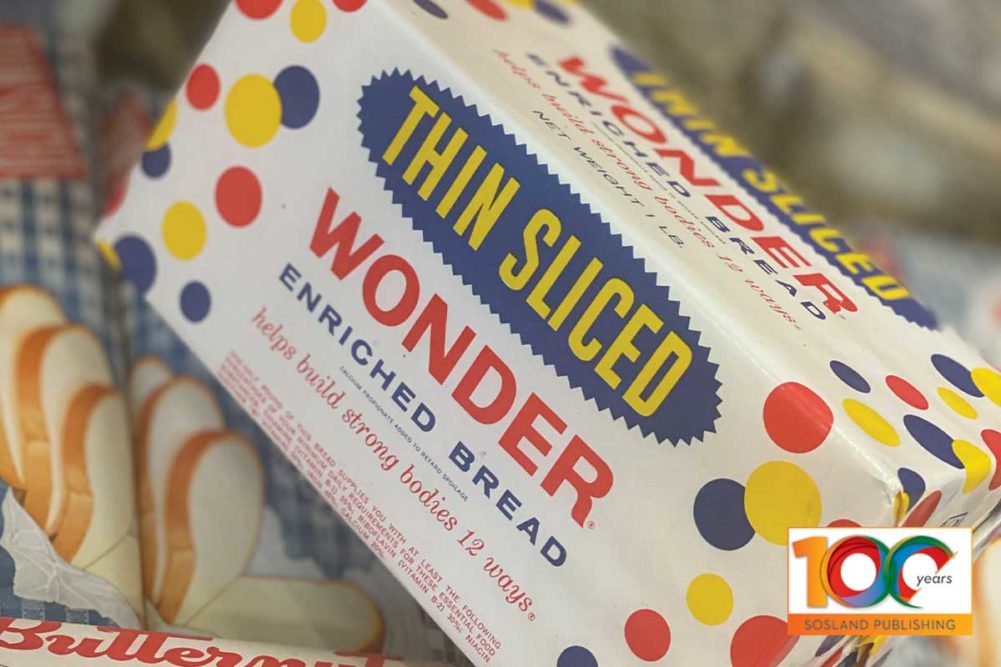Packaging started out as an answer to staling and molding food. Ultimately, however, it’s about serving a consumer need, whether improving soldier morale or delivering a satisfying treat.
“The consumer is No. 1 because if it doesn’t taste good, and it doesn’t deliver on brand promise, the consumer isn’t going to buy it,” said Brian Wagner, co-founder and principal at PTIS, LLC. “Packaging plays a huge role in the consumer mind in the bakery world.”
Packaging communicates a lot to the consumer. Whether it’s the brand design and colors on the packaging or the nutrition and ingredients listed on the packaging, consumers turn to packaging to tell them a lot about the product they are looking to purchase.
While eye-catching graphics, a brand story and nutritional information are obvious elements to communicate with packaging, even packaging integrity is critical to tell consumers something about the safety and freshness about what is inside.
“We had an issue with frozen desserts where the cartons were getting crushed at retail and the perception that gave consumers about the brand and how that would impact consumer trust,” Mr. Wagner said.
A secured, sturdy package communicates to consumers that the product inside is protected and fresh. A resealable and tamper-evident closure states that they can trust what’s inside is safe to eat and will stay fresh longer. Tom Dunn, managing director, Flexpacknology, pointed out that longer supply chains, bakery and snack manufacturer consolidation and retail labor costs have also all spurred packaging innovation.
“Sturdy plastic trays overwrapped with barrier films replaced paper ‘dump bags’ and paperboard cartons for baked cookies as shock and vibration forces during transportation increased,” he explained.
As Sosland Publishing Company, publisher of Baking & Snack, gears up to celebrate 100 years of providing food industry professionals timely information, news and commentary, we will be publishing a series of articles across all our titles to celebrate the past, present and future of the people and industry that feeds the world.
This article is an excerpt from the August 2021 issue of Baking & Snack. To read the entire feature on Centennial Report: Packaging, click here.
Universal Product Codes (UPCs) in 1973 standardized product identification and tracking and leveled the playing field for products in front of the consumer.
“The printed UPC on snack and bakery packages gave powerful customer loyalty opportunities to merchandisers at the expense of consumer goods brand equity,” Mr. Dunn explained. “As a result, store brands now compete effectively with national brands.”





